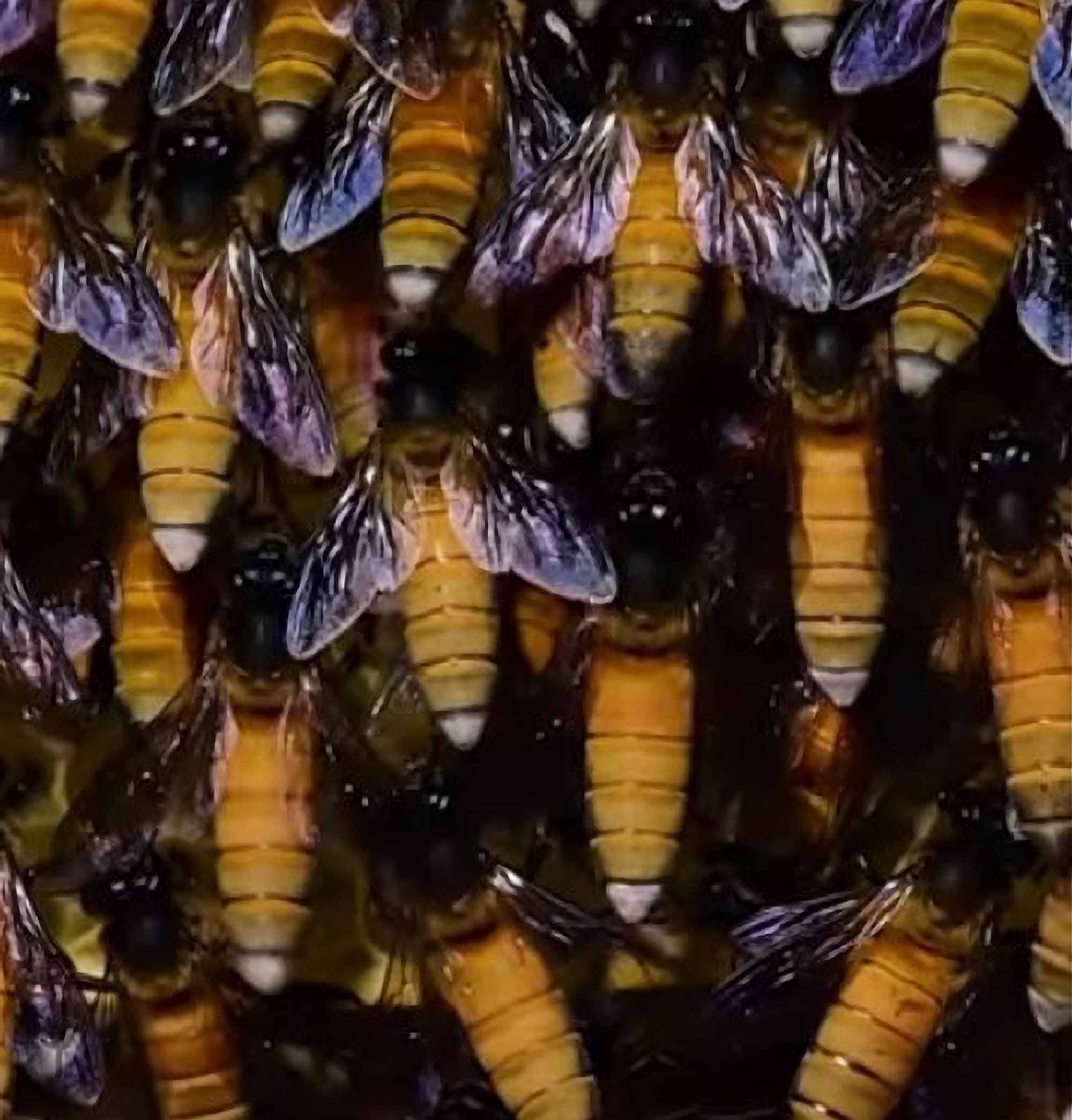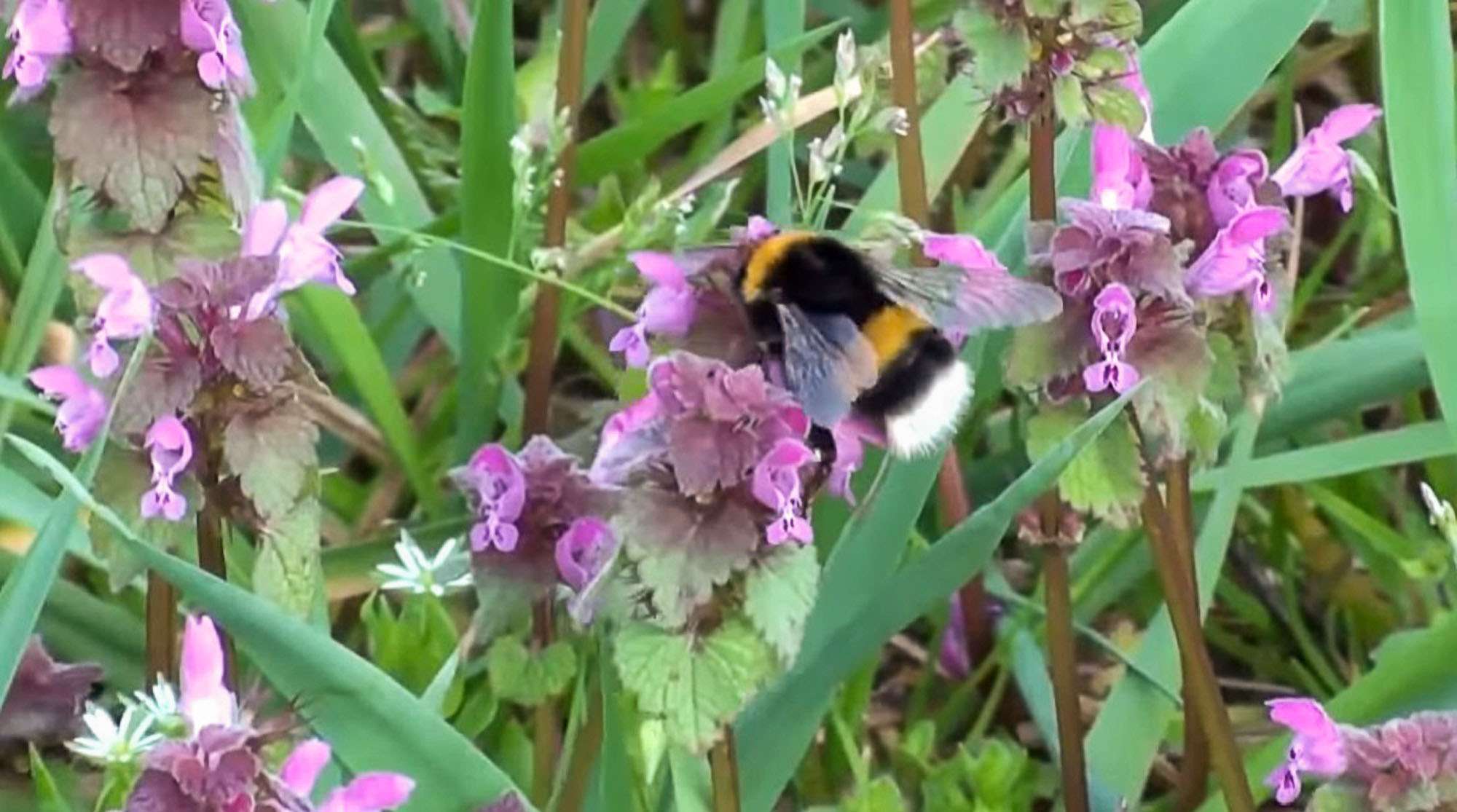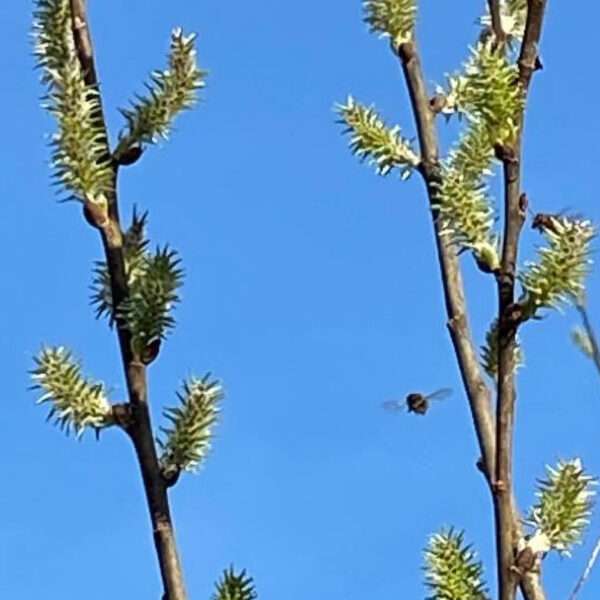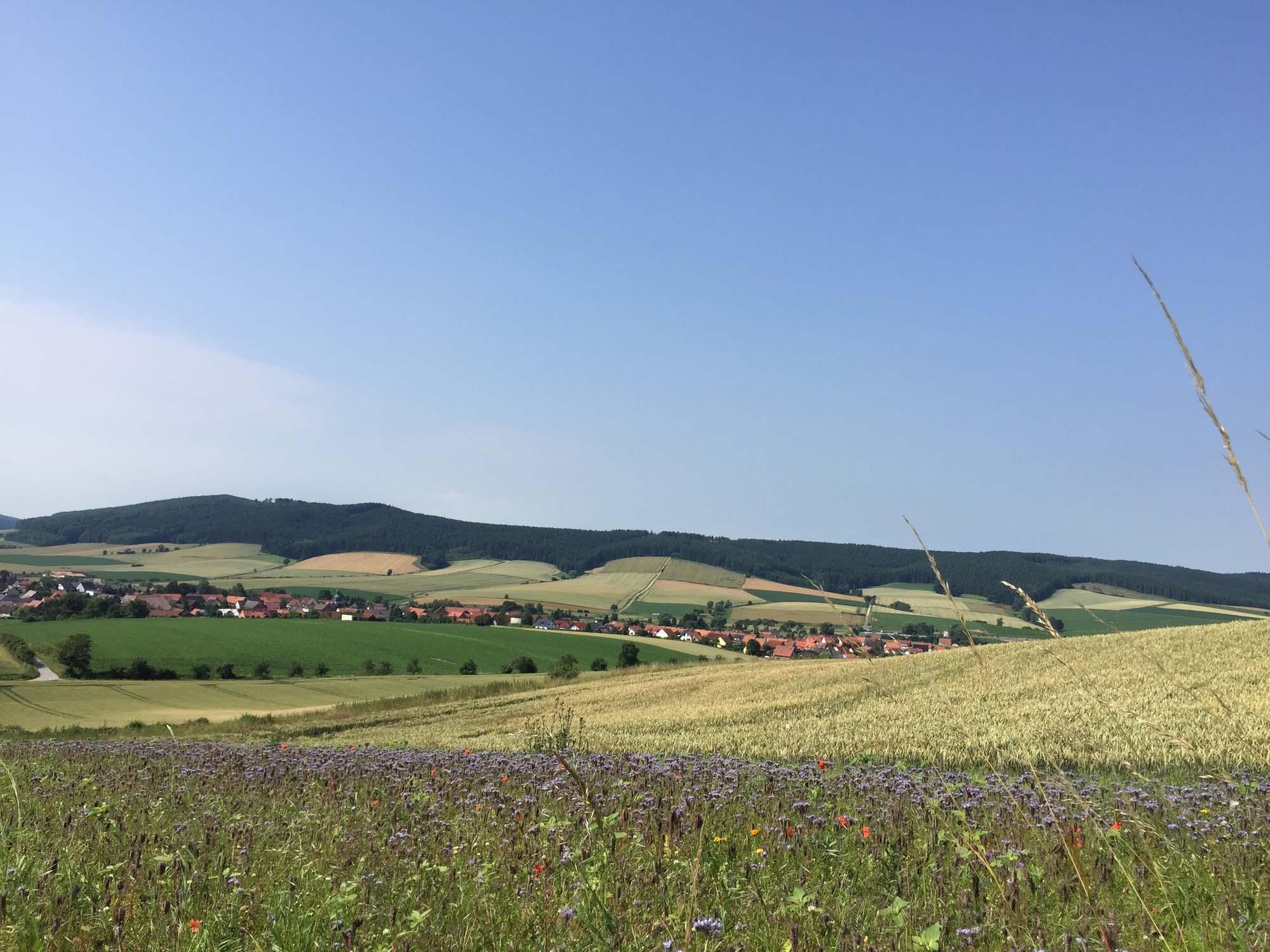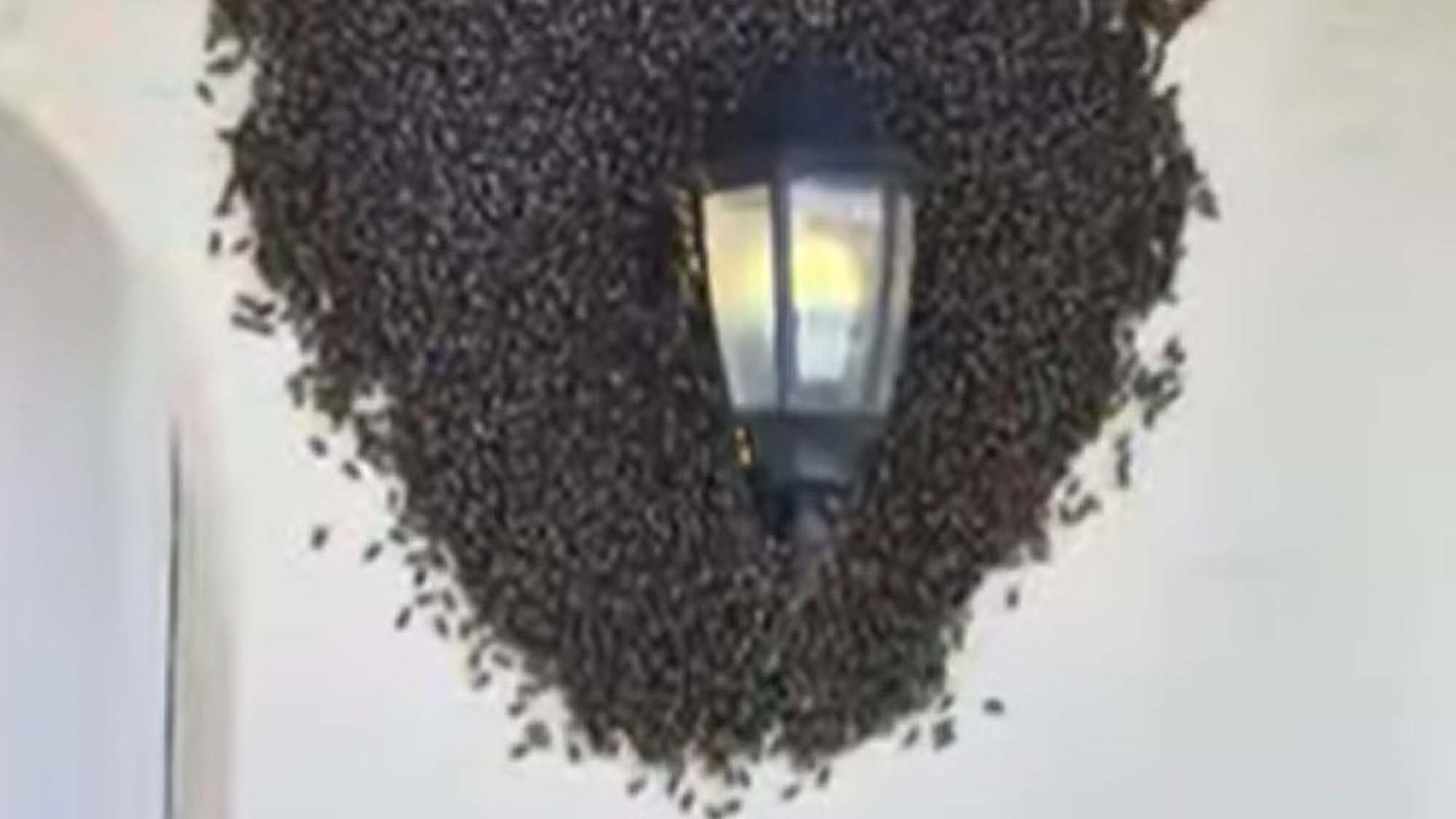An Asian bee species has been found to be one of the very few pollinator types in the world to have night vision skills.
Studies by scientists in India show that the Asian giant honeybee, also known as Apis dorsata, is capable of recognising colours in difficult conditions such as half-moon nights.
Researchers at the Indian Institute of Science Education and Research in the city of Thiruvananthapuram assume that the bee type, which exists in South and Southeast Asia, could have developed this skill to evade daytime heat and predators.
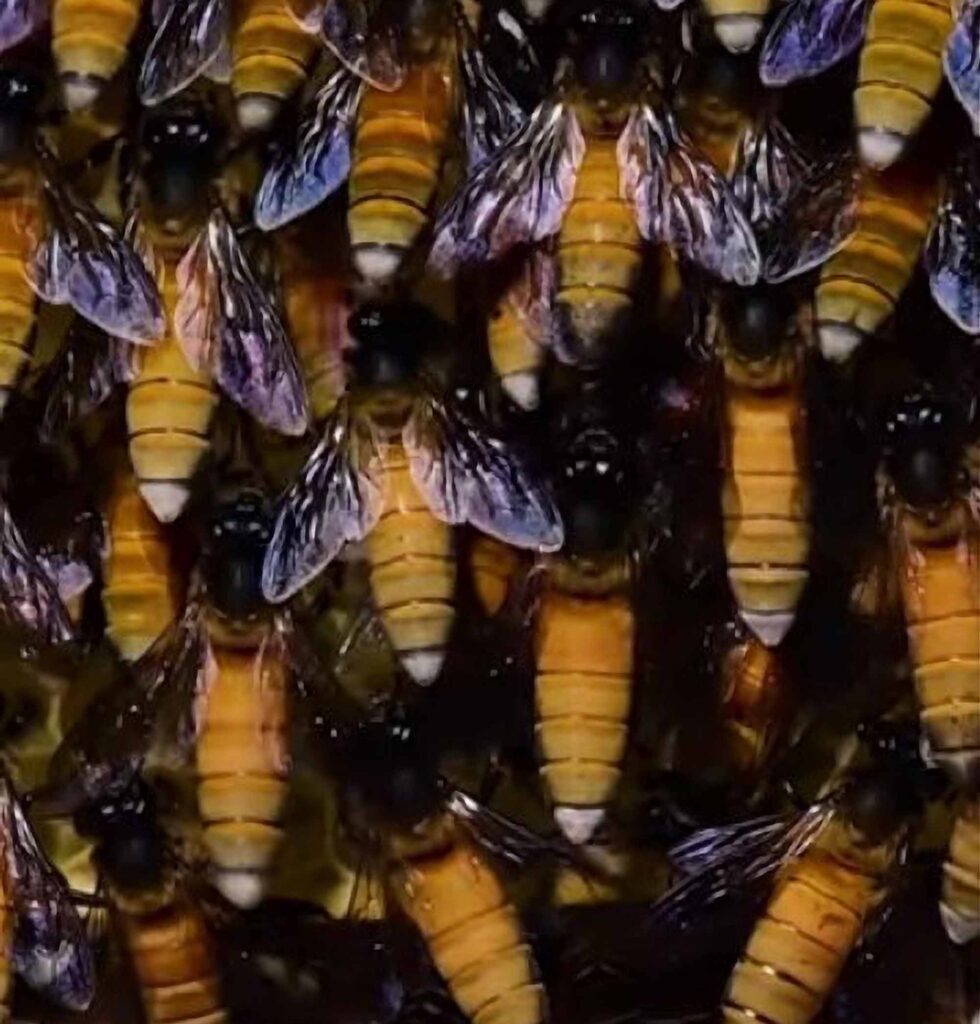
It has previously been understood that an Asian carpenter bee species called Xylocopa tranquebarica is the only main group of nocturnal bees.
Visual ecology expert Sajesh Vijayan is one of the new study’s authors. He explained: “Nocturnality in bees is atypical and has evolved independently in several families.”
Sajesh and his team of experts carried out different tests to find out more about the Apis dorsata’s faculties, a species which mainly pollinates during the day.
He said: “Nocturnal colour vision in Apis dorsata is interesting because, despite being primarily diurnal, its colour vision capabilities extend into dim light while the European honeybee Apis mellifera is reported to be colourblind at twilight.”
The scientist from the Indian Institute of Science Education and Research added: “The evolution of dim-light vision in bees is proposed to be driven by the advantages of shifting the temporal niche to exploit night-blooming flowers while avoiding competition, predation and high temperatures.”
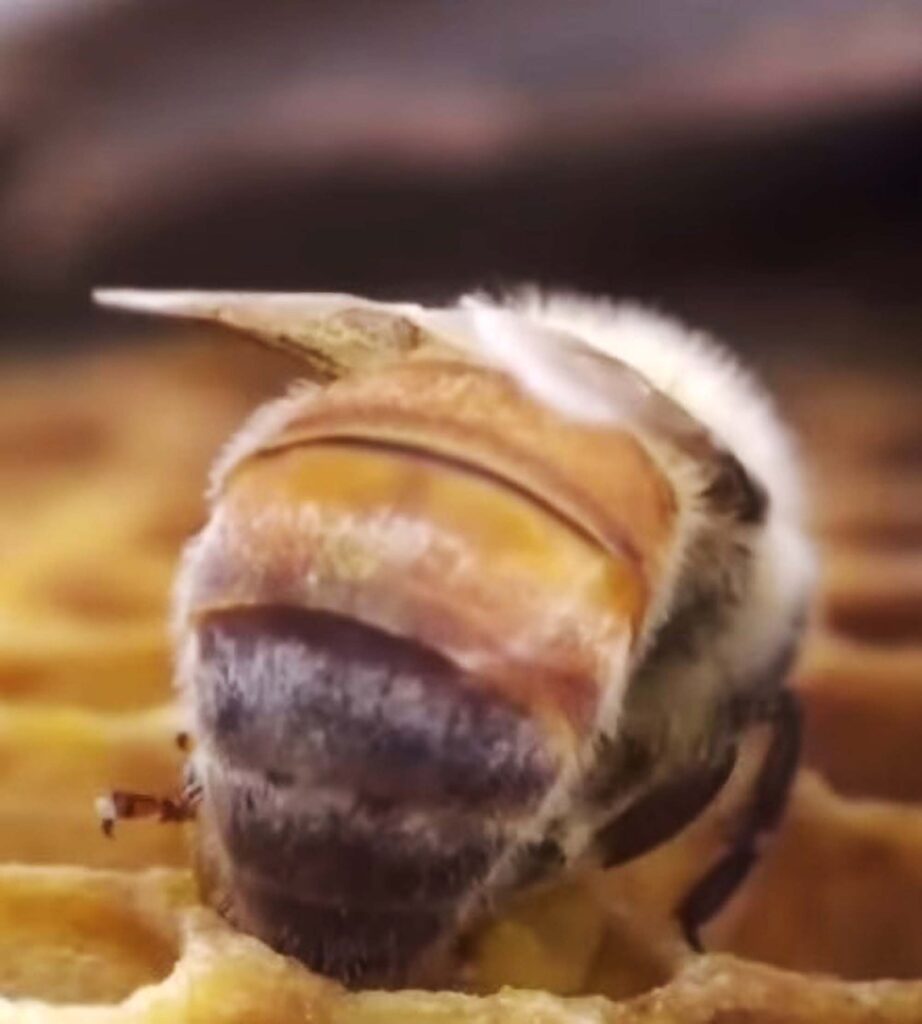
Sajesh is convinced that his team’s findings “open avenues for future studies on visual adaptations for dim-light colour vision, their role in the pollination of flowers at night and the effect of light pollution on nocturnal activity.”
The Asian giant honeybee is an undomesticated honeybee species which measures between 17 and 20 millimetres (0.78 to 0.67 inches) in length. The important pollinator’s forewing can be as long as 15 millimetres (0.59 inches). They build their nests in trees, niches of buildings and on cliffs.

